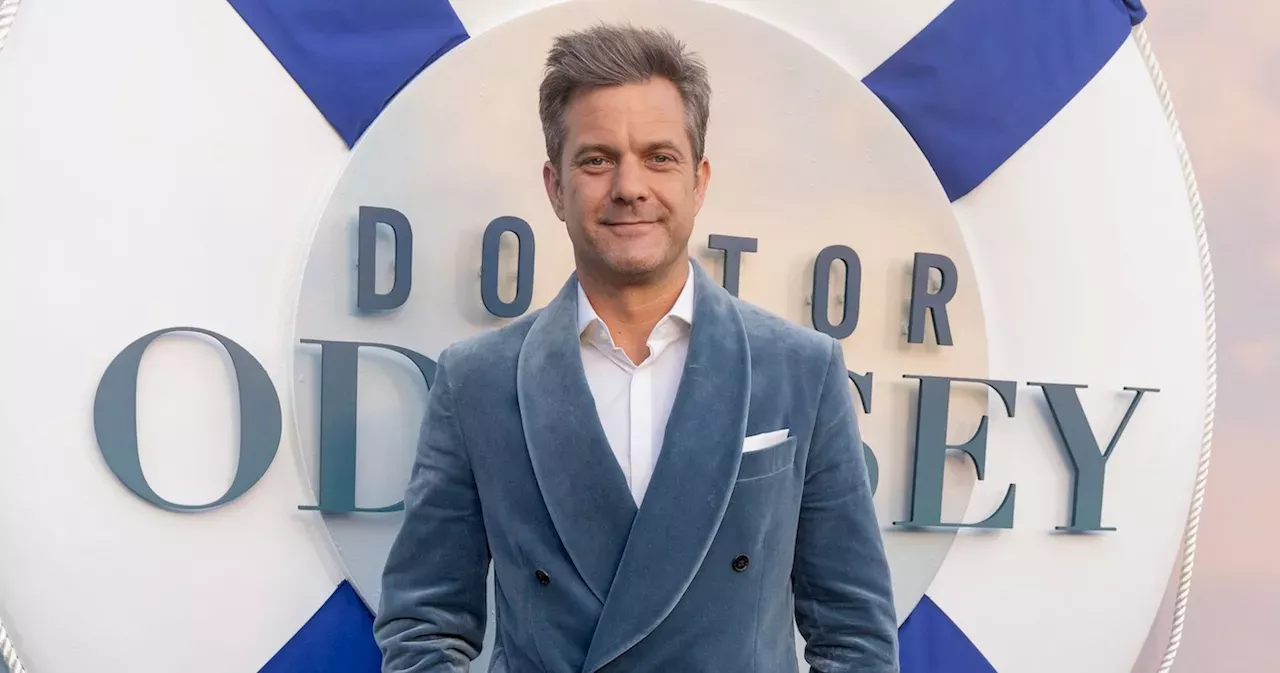Oklahoma State’s athletic director asked whether the Cowboy program now has done enough to be recognized as a blue blood in major-college football. The Google AI Overview definition: In American college sports, the term “blue blood” refers to the most successful and prestigious programs in Division I basketball and football. These programs are considered to be among the elite, either historically or in the present.
“Either historically or in the present.” That’s the bump on which I stumble when attempting to define a currently relevant Oklahoma State and a faded power like Nebraska. With six head coaches since Tom Osborne retired, the Huskers haven’t won a conference title since 1999 and haven’t played in a bowl game since 2016 — when Mason Rudolph and James Washington were OSU juniors.

Through the lens of history, yes, Nebraska is a blue blood. The 1971 and 1995 Huskers were among the greatest teams ever. Nebraska won five national titles.
Over the nine seasons, however, the Huskers are 38-56 overall and 28-51. Would a 17-year-old recruit regard Nebraska as a blue blood? Probably not. Weiberg’s blue blood topic change wasn’t centered on maybe/maybe not schools like Notre Dame (no national title since 1988), Florida (the 2008 national champ but now with 11 seasons of at least four losses since 2010) and Southern Cal (with a 114-57 record since Pete Carroll left for the NFL).
Weiberg wanted to talk about OSU’s position in the national picture. “The investments we’ve made. The good decisions,” Weiberg said while stating the case for Oklahoma State.
“The success coach (Mike) Gundy has had with the program.” Through the first 24 seasons of this century, only two Cowboy teams — in 2001 and 2005 — finished with a losing record. As Gundy is about to reach the 20-season mark as the Oklahoma State head coach, the program has a streak of 18 consecutive winning seasons.
Against Texas in 2010-22, OSU won nine times. The Cowboys prevailed in two of the last three Bedlam showdowns. Gundy is 12-6 in bowls.
As a Cowboy football lifer, he is among the more well-known figures in college football. “It’s undeniable,” Weiberg said. Weiberg added this to our exchange: In a window that spans several seasons, television statistics indicate Oklahoma State’s program is among the 25 most-watched programs in college football.
Among Big 12 teams, games involving OU and Texas consistently generated the largest viewing audiences, and Oklahoma State trailed those two but had better numbers than any other conference program. Weiberg states that if there had been a 12-team playoff during the Gundy era, “we’re certain that there were four times when we would have been in, and we’re pretty sure of two other times. And that’s with OU and Texas in the league.
“If you’re in the playoff five times, coming out of a league with OU and Texas in it, does that change the national perception of your brand? You certainly can make the case for it.” Dating to September 2008, the Cowboy program has been nationally ranked in 141 of 204 games. In 42 games, OSU was in the top 10 of the Associated Press poll.
Over a span of 263 games in 1946-71, there was only one game — the 1958 Blue Grass Bowl conquest of Florida State — during which OSU was ranked in the AP poll. In 2010-23, Weiberg reported, “we’re in the top 10 (nationally) in the number of wins. If you look at the other nine (programs), it’s who you would expect to be there.
It’s Ohio State, Georgia, Alabama and Oklahoma. We are winning like a blue blood. “When have you earned the ‘blue blood’ moniker? How long does it have to be? We’ll just keep doing it until we find that out.
I think the media has a big part in this sport (of designating) the blue bloods. You’ll hear people say, ‘College football is better when Florida State is good or when Texas is good.’ Why? Why do they have to be good for college football to be good?” In 2011, Weiberg contends, “every metric would have suggested” that OSU belonged in the BCS Championship game.
Instead, a classic blue blood — Alabama — got that spot. With regard to being viewed nationally as an elite football school, Weiberg stated, “there seems to be a barrier to entry.” I believe the terms “blue blood” and “championships” are synonyms.
Even if I focus solely on the last two decades of Cowboy football, it’s difficult for me to consider Oklahoma State as a no-doubt-about-it blue blood. There was the one Big 12 title in 2011. The 2013 and 2021 Cowboys should have been conference champions but faltered near the finish line.
In 2022, OSU lost 48-0 at Kansas State. Last year, OSU lost 45-3 at UCF. Those are not blue blood scores.
Then again, I’m no longer sure how to define “blue blood.” If OSU were a three- or four-time Big 12 champion, and if the 2011 Cowboys had been matched with the Les Miles-coached LSU Tigers for the BCS Championship, the national perception of Oklahoma State absolutely would be stronger. If the 2011 Cowboys had been national champions and Gundy had followed with several 10-win seasons, Oklahoma State on today’s national-perception scale would be a lot closer to Clemson than to Kansas State.
OSU is on the brink of another season-ticket sellout. Just about every season, all 123 luxury suites are sold. OSU has a great stadium and capacity crowds are frequent.
Those pieces seem to be blue blood pieces. Weiberg wants to generate more national respect for the OSU brand. His campaign would be bolstered if the 2024 Cowboys can score that long-awaited second Big 12 championship for the program, and if the OSU logo is pasted onto the first 12-team playoff bracket.
The Tulsa World is where your story lives.



















